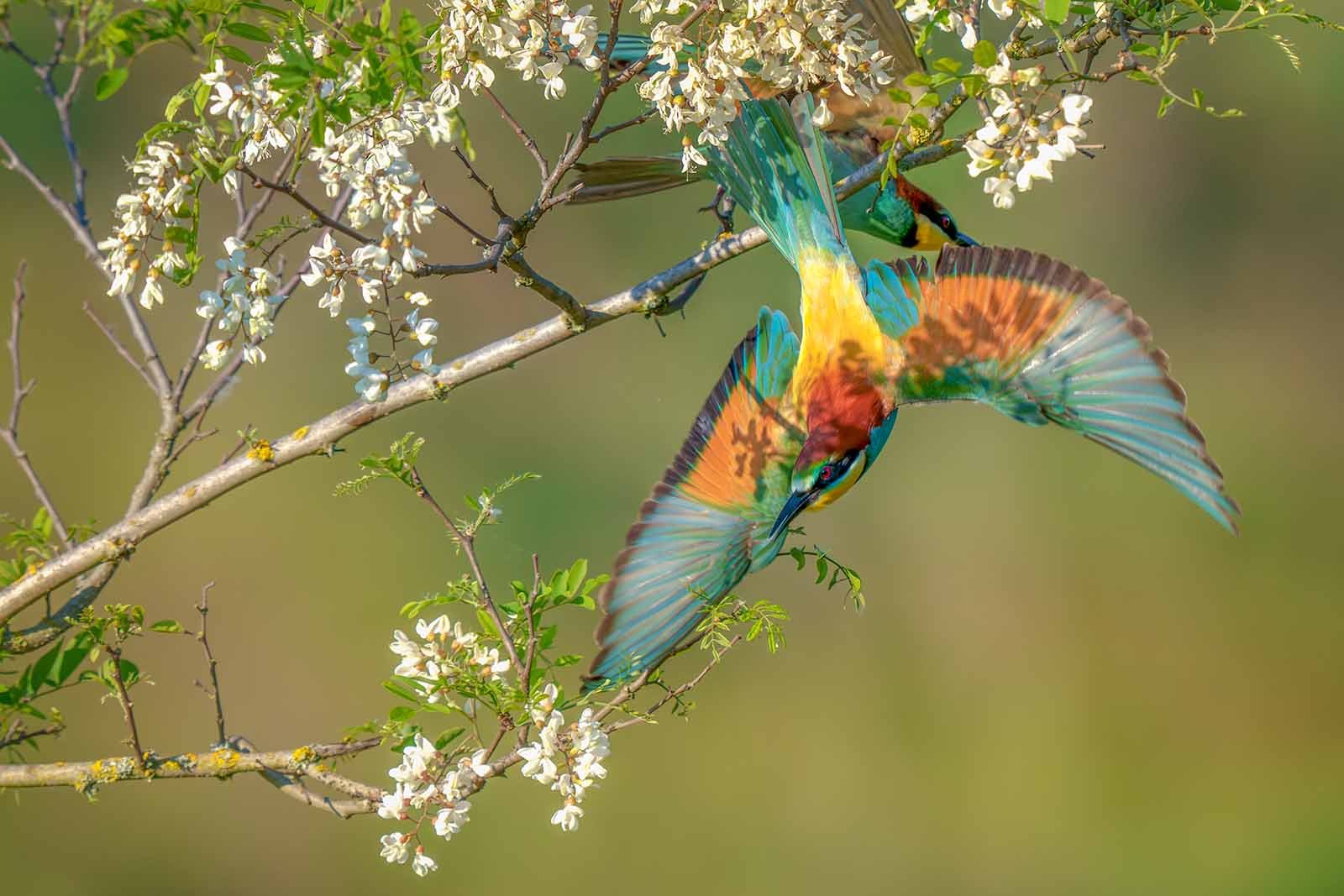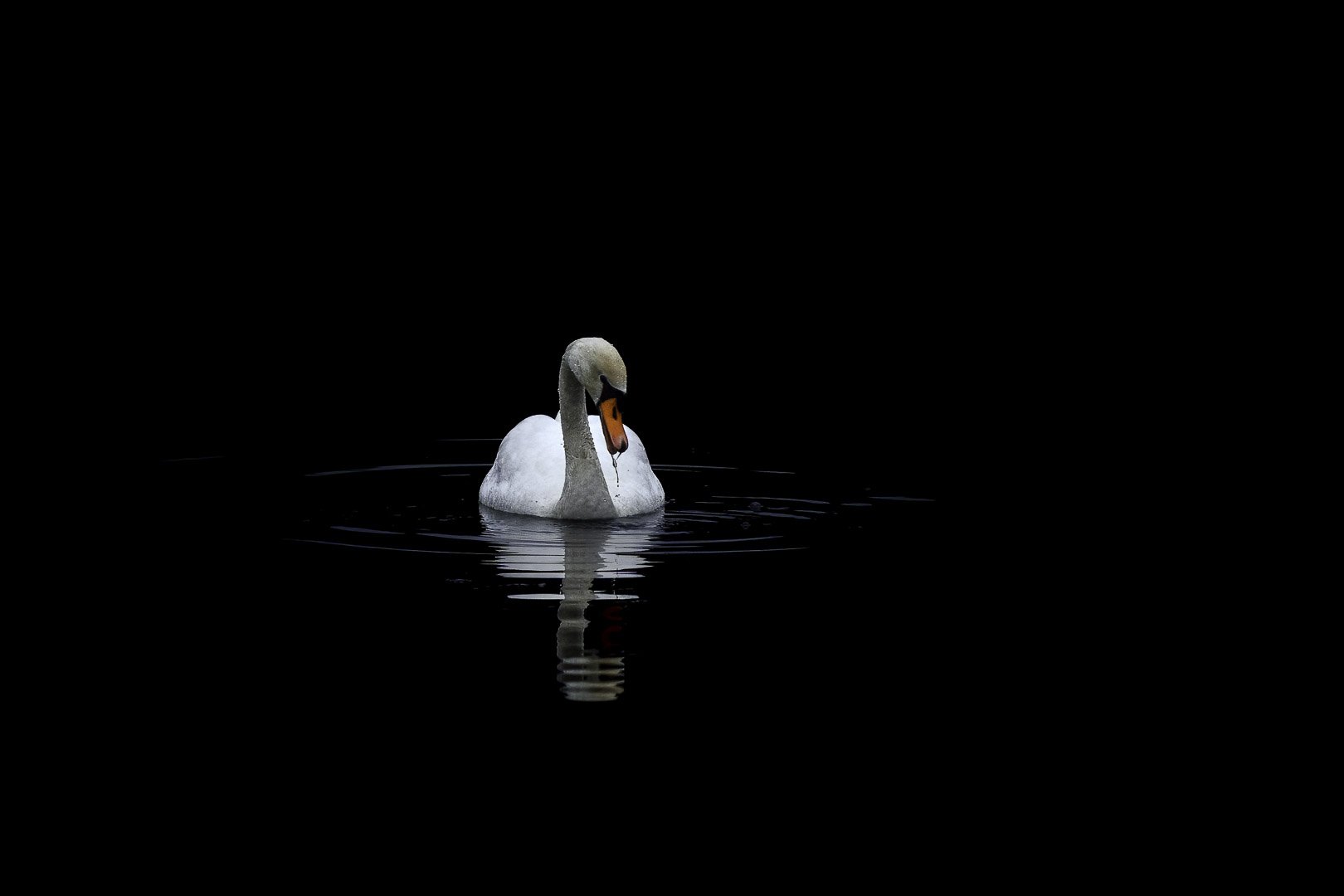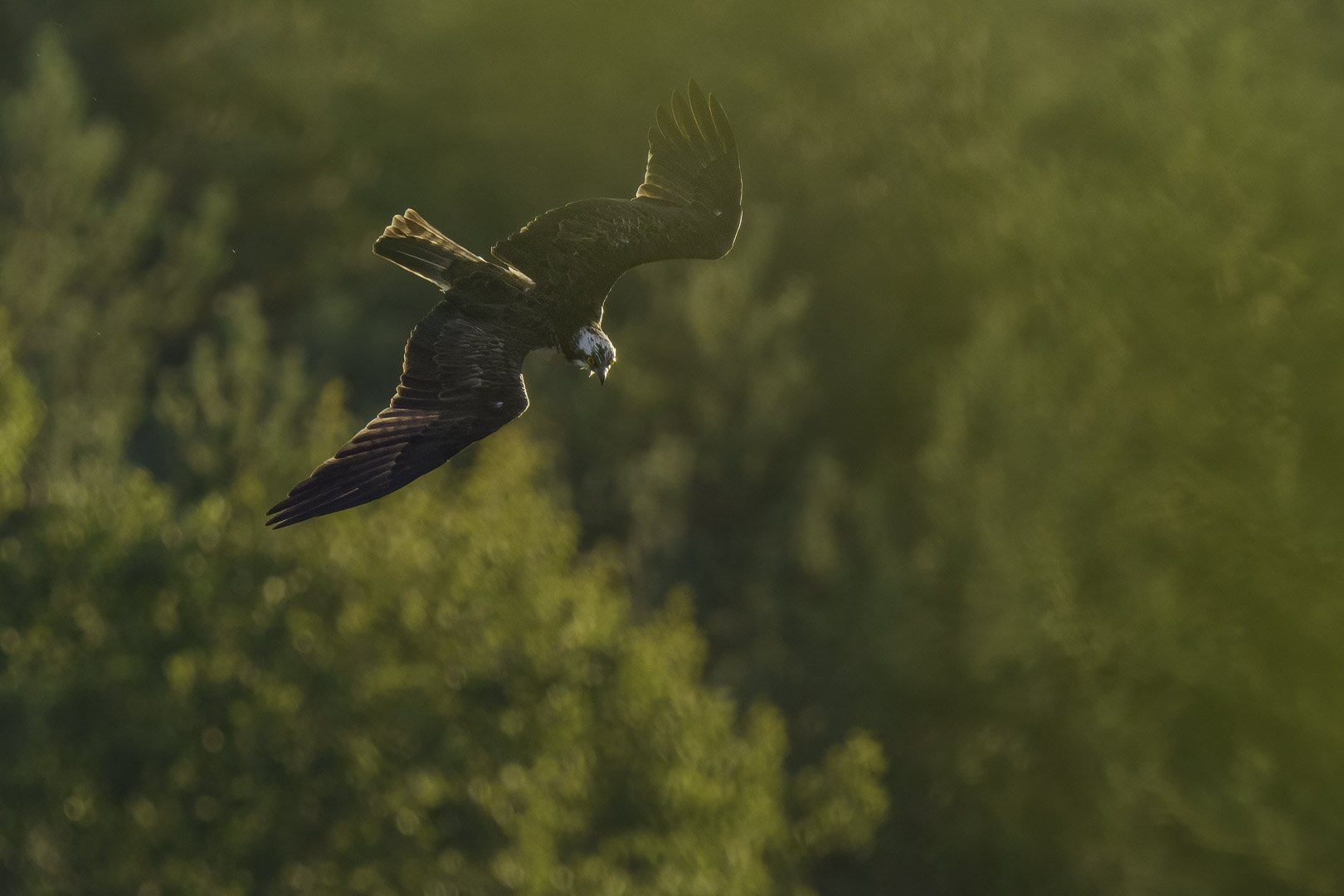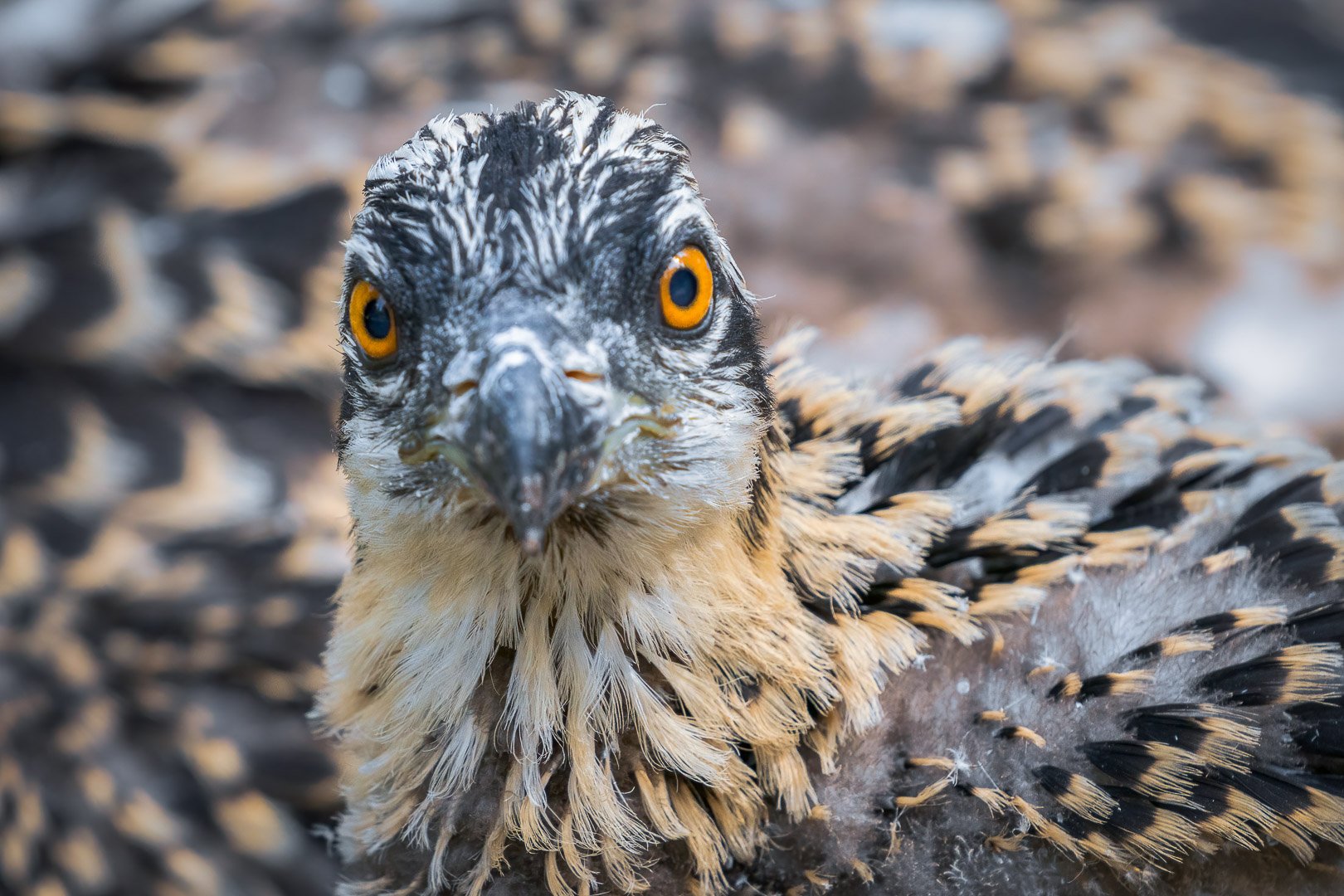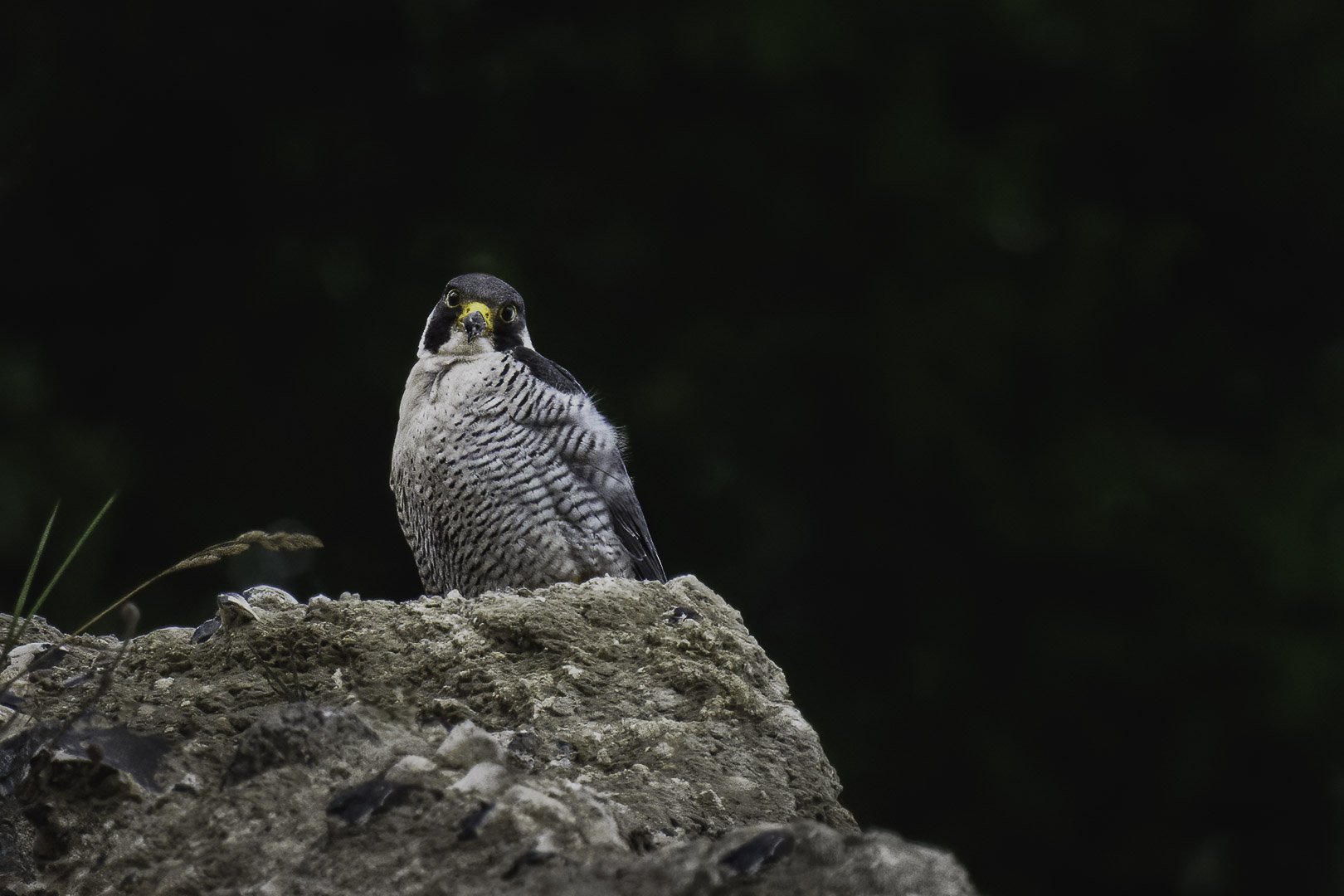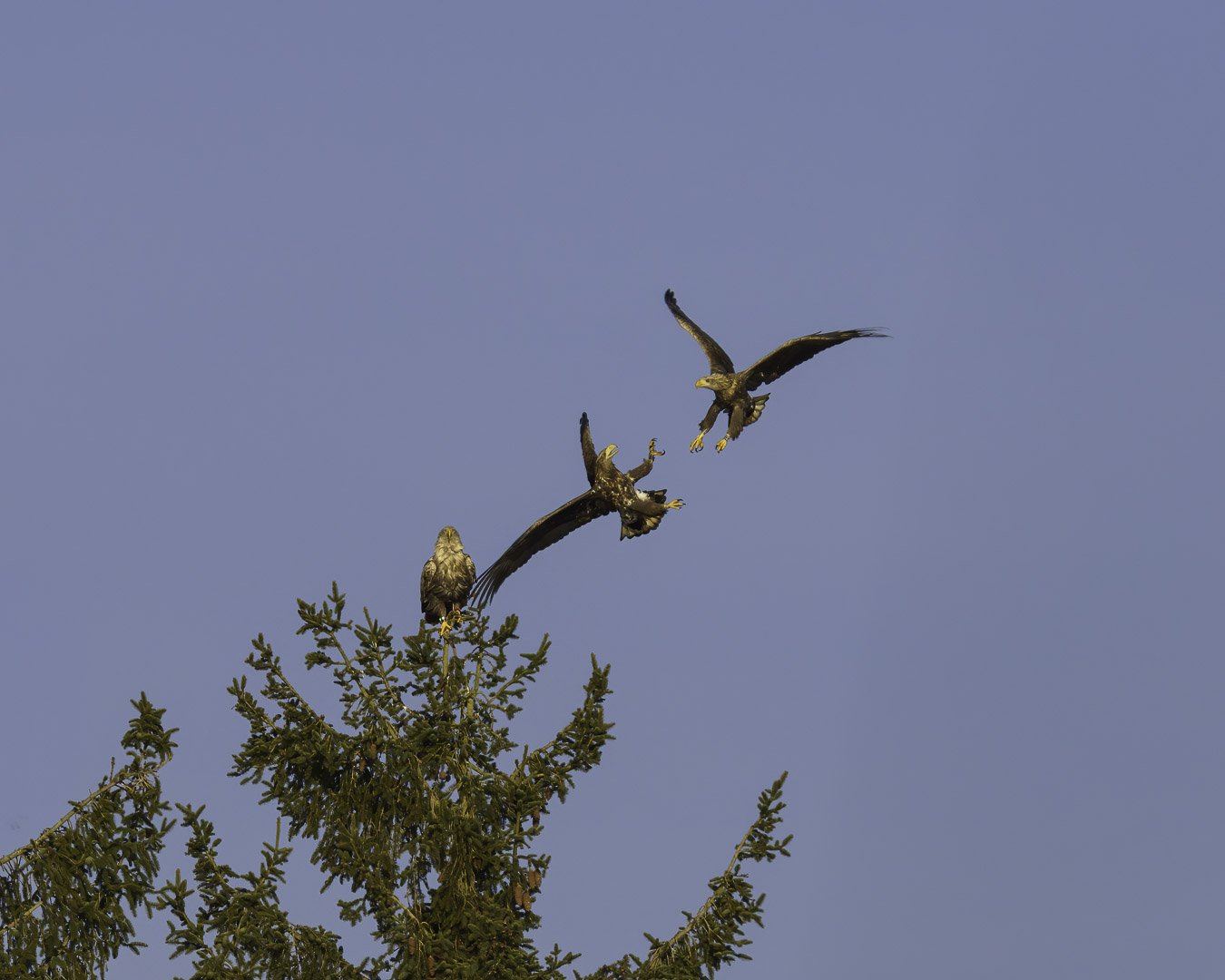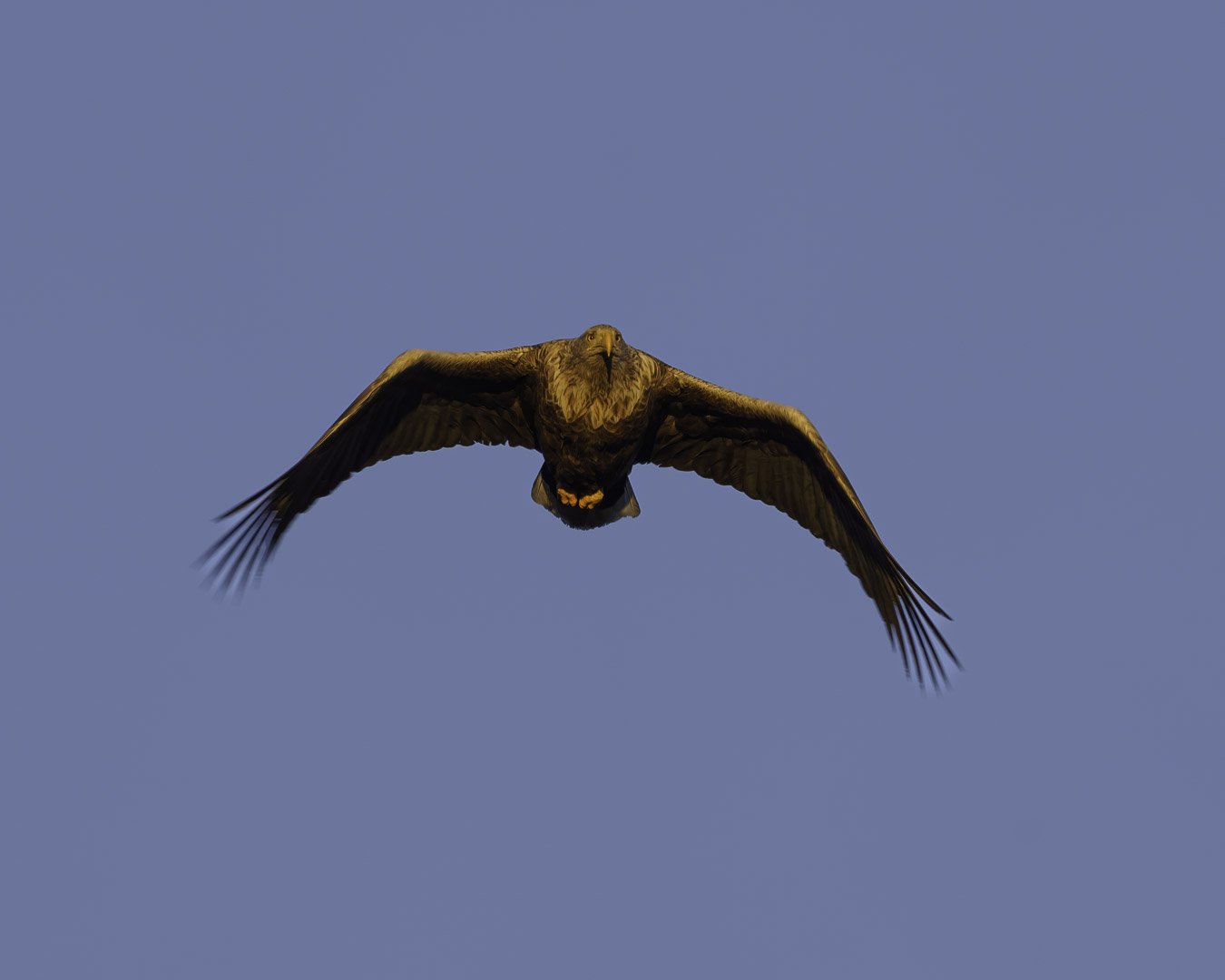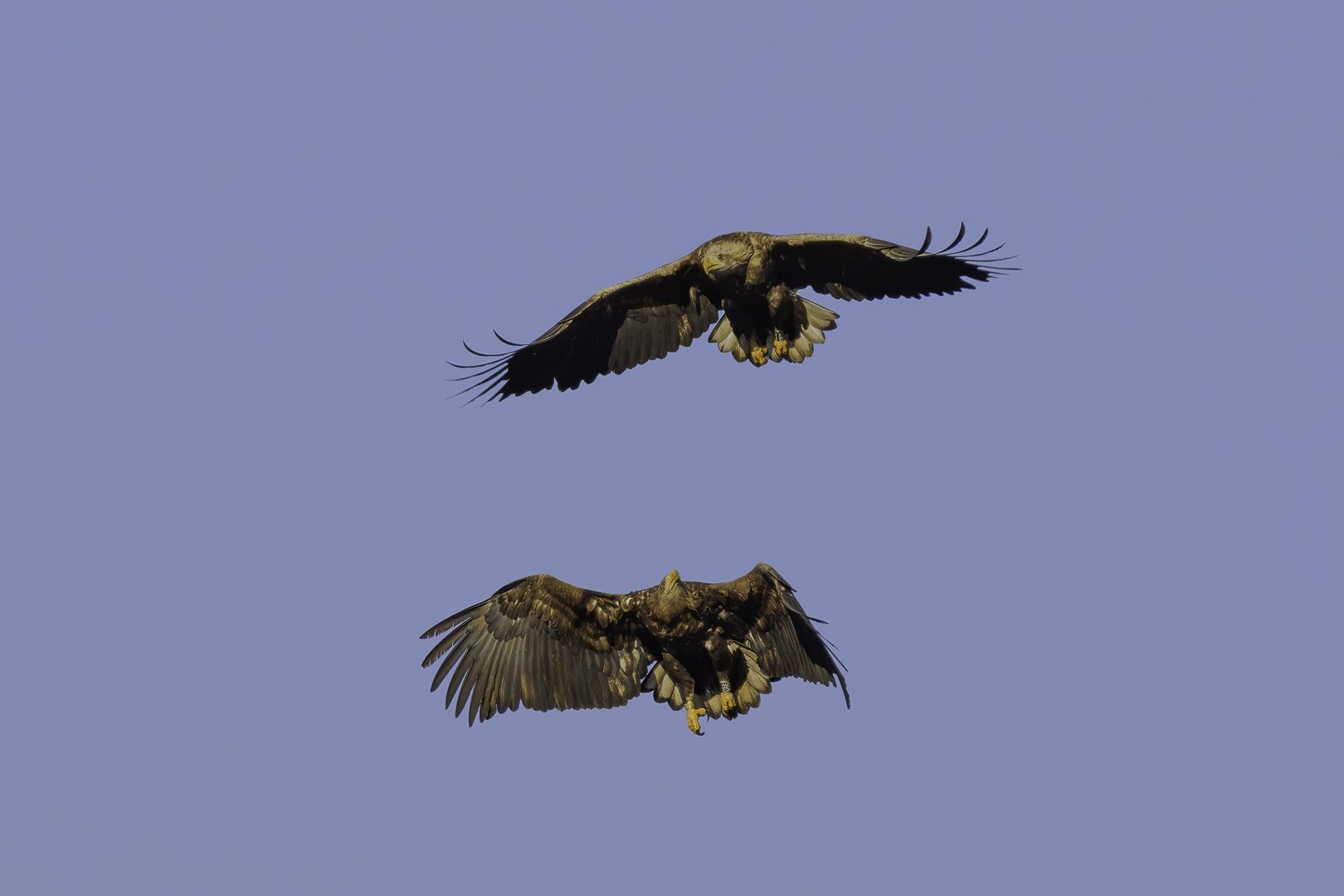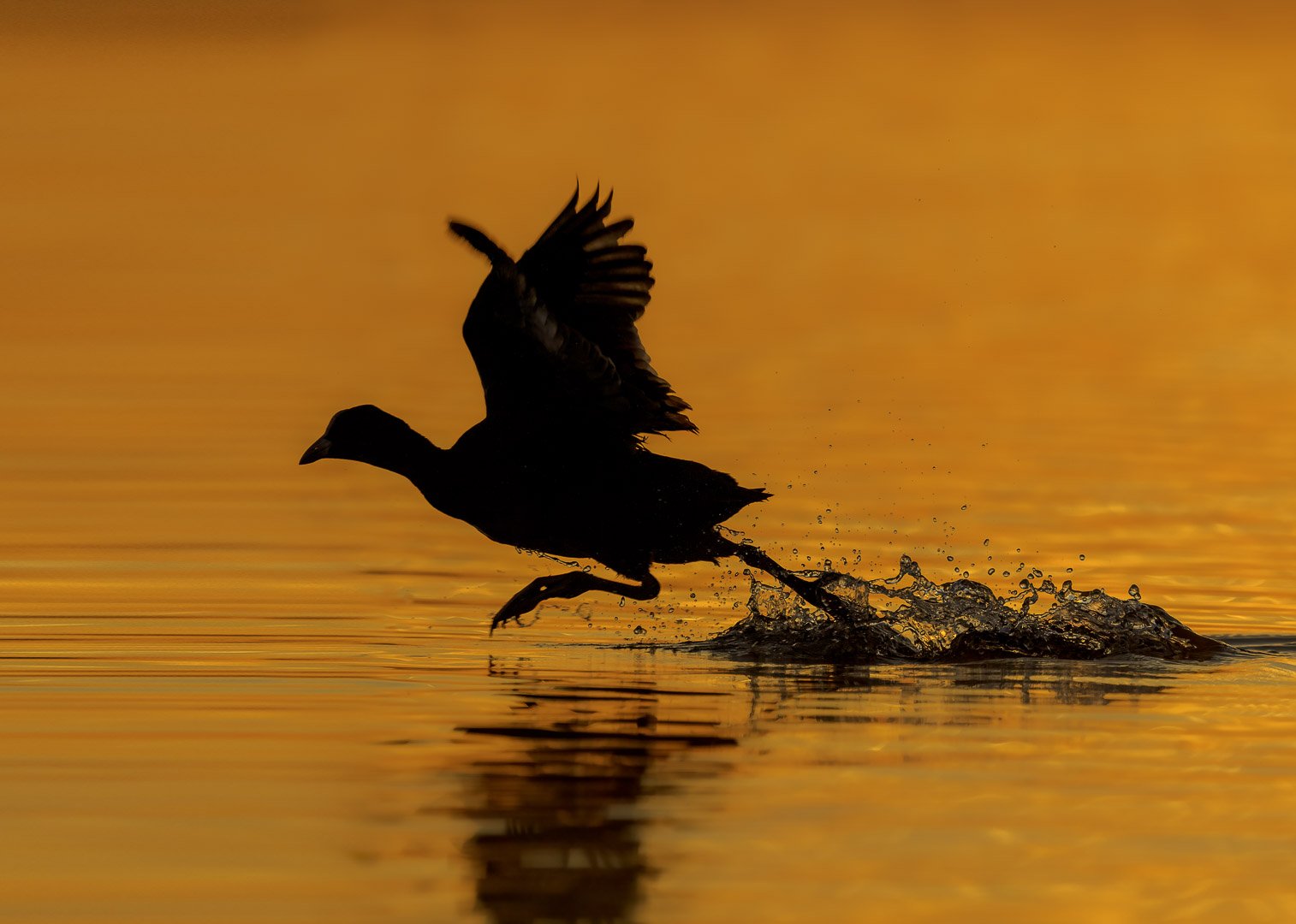White-Tailed Eagle - First Observation of the year
White-Tailed Eagle (Haliaeetus albicilla) — Photographed in the Upper Palatinate, Bavaria
Camera: Sony A1 + 400 mm f2.8 + 1.4 TC = 560 mm f4 — 1/250 — f5 — ISO 640
A light mist hangs over the pond, a mute swan (Cygnus olor) is visible at the edge of the shore in the distance. Gray and Canada geese can already be heard; it's just before six when we arrive at our spot for today's nature experience. My wife and I are on the lookout for white-tailed eagles, which is why we traveled early to the Bavarian Upper Palatinate. We discovered this spot about a year ago; it's located in a nature reserve. Currently, the chances are good to observe these proud animals. In winter, they usually roam around, and the young ones gather in groups. Exactly around this time last year, we had seven or eight white-tailed eagles right in front of us in one day. That wasn't our expectation for today, but it would be great.
It's cold, -3 °C, a damp cold that, as they say, chills you to the bone. I didn't feel that way in Hokkaido at minus -20 °C; that was a dry climate. Well, we dressed warmly and took our position. We had previously chosen a spot where we could set up our camouflage and have a good overview.
We settle down, wait, and are ready for the right moment.
In front of us, a swan is patrolling, another is sitting on a nest about 100 meters away on a small island in the pond. Some tufted ducks are swimming near the swan's nest. A large formation of cormorants flies over us, heading towards other waters that stretch across the area. Two gray herons follow behind.
The Observation
My Mobile Observation for Wildlife Photography
Our observation is mobile, which means we usually create a visual barrier using camouflage nets. It's a simple setup using clamps and a nylon camouflage net that you can see through. A second, slightly darker camouflage net that also allows visibility complements the system. These types of camouflage nets reduce reflections and darken reflective surfaces. To enhance the effect, we wear camouflage ponchos that obscure our human silhouette. Based on my experiences over the past two years, I highly recommend this method. The materials are easy to transport, and you can quickly set up a suitable observation post. And most importantly, you can take everything down without leaving anything behind.
Additionally, I wear a 3D poncho and face camouflage while sitting in a chair to distort the human silhouette as much as possible
The Wagon Wagon
My wagon to transport my equipment
Last year, I bought a collapsible wagon. When I'm out with full equipment, there's no other way; it's just too much and too heavy! In the past, I had a hand truck that could be folded to a certain extent, but it was still not very practical and limited in the items it could carry. I searched for a long time until I found something suitable that could be pulled through rough terrain and remain maneuverable. To give you an idea of what I took with me and what fits in the wagon: two camera backpacks, two tripods, two folding chairs, camouflage nets, and a non-slip mat.
My back was deeply grateful for this purchase. 😜
Waiting for the King of the Skies
So we sat and waited. The swans were very active, and six more arrived at the pond. We drank coffee and waited. Suddenly, the waterfowl took off in a large flock, and we knew what would happen next. The thought was not even finished when we heard the eagles calling but couldn't see them yet. Then I looked in the direction of the calls, and sure enough, a pair of white-tailed eagles were sitting in the treetops, heads raised and calling loudly.
White-Tailed Eagle (Haliaeetus albicilla) — Photographed in the Upper Palatinate, Bavaria
Camera: Sony A1 + 400 mm f2.8 + 1.4 TC = 560 mm f4 — 1/320 — f5 — ISO 640
My Equipment
The pair was about 200 meters away from us, quite far for decent pictures. I had two cameras on two tripods: the Sony A1 with a Sony 400 mm F2.8 GM OSS lens and the Sony a7R IV with a Sony 200-600 mm F5.6/6.3 lens. The latter was aimed at a dead tree where the eagles had often perched last year. I had the a7R IV paired with a remote release to use longer exposure times. I first used my main camera at 400 mm, then with a teleconverter at 560 mm, and later with 800 mm. Likewise, I only used the 800 mm for filming, as the image quality is poor in low light and at a great distance. Some shots were taken for documentation purposes. The weather was predictably bad at the beginning of the weekend: frosty, dark, and gray.
So much for golden hours and such! 😜
Conclusion
After a while, one of the eagles flew to another body of water, and I was able to take some pictures. The other eagle sat on the treetop for about 15 minutes longer before heading in the opposite direction. Thirty minutes later, one of them briefly returned to the tree while the other flew over the pond again.
Meanwhile, there was a skirmish among the swans. The nesting pair attacked a small group of swans that had come over from the neighboring pond. When it comes to territory, mute swans (Cygnus olor) don't play around. The group was startled and flew away, giving me a chance to take some photos. I experimented with the exposure time, keeping it very long.
You can see the results here:
Camera: Sony A1 + 400 mm f2.8 + 1.4 TC = 560 mm f4 — 1/125 — f5 — ISO 125
All in all, today was a success in terms of sightings, but from a photographer's perspective, nothing that will go down in the history books of photography. 😜
Nonetheless, we enjoy every minute we spend outdoors together, hearing nothing but birds and the wind blowing through the trees.
With that, until the next adventure!






